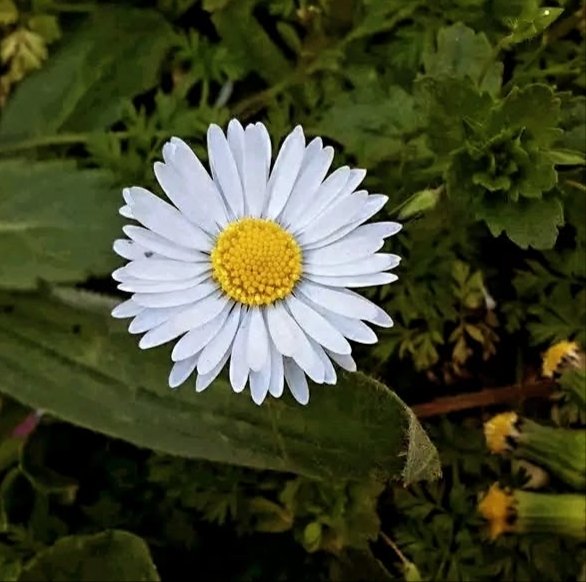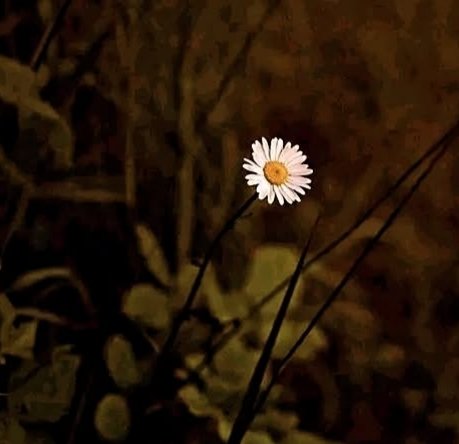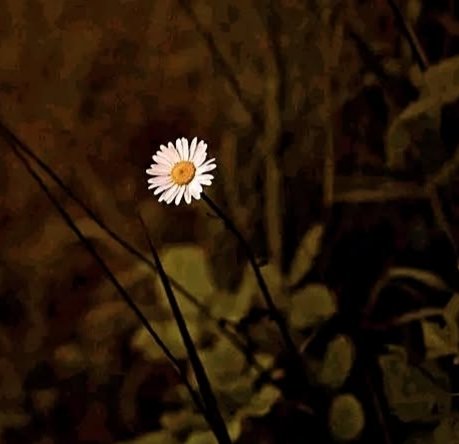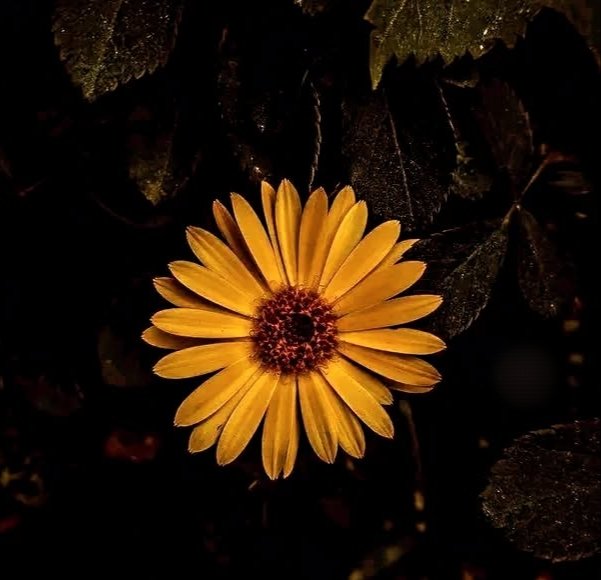Common Daisy: The Humble Yet Beautiful Flower
The common daisy, also known as the English daisy, is a small yet resilient flowering plant that has captured the hearts of gardeners, poets, and nature lovers for centuries. Often found in meadows, lawns, and roadside verges, this charming little flower symbolizes innocence, purity, and new beginnings. Despite its unassuming appearance, the common daisy has a fascinating history, various uses, and surprising resilience, making it a noteworthy plant in the world of botany.
Botanical Description
The common daisy is a perennial herbaceous plant that belongs to the Asteraceae family, which also includes sunflowers and dandelions. It typically grows low to the ground, forming a dense carpet of green foliage. Its most recognizable feature is the flower head, which consists of a bright yellow center surrounded by delicate white petals. Occasionally, the petals can have a slight pink or red tinge, especially towards the edges.
Here are some key characteristics of the common daisy:Height: 2–4 inches Leaves: Spoon-shaped, growing in a rosette at the base of the plant
Flowers: White petals with a yellow center, about 1 inch in diameter
Blooming Season: Spring through autumn, though in mild climates, it can bloom year-round
Habitat: Lawns, pastures, roadsides, and open fields
Symbolism and Cultural Significance
The common daisy has been deeply ingrained in folklore, literature, and cultural traditions across the world. In many cultures, it is associated with innocence, purity, and love. The flower has been a favorite among poets and artists who use it to symbolize childhood, simplicity, and joy.
One of the most well-known daisy-related traditions is the "He loves me, he loves me not" game, where a person plucks the petals of a daisy one by one to determine if their love is reciprocated. This simple yet enduring custom highlights how deeply the flower is woven into human emotions and storytelling.
In Norse mythology, the daisy was sacred to Freya, the goddess of love and fertility. It was often given to new mothers as a symbol of motherhood and childbirth. In Christianity, daisies are associated with the Virgin Mary, representing purity and divine love.




%20(7).jpeg)